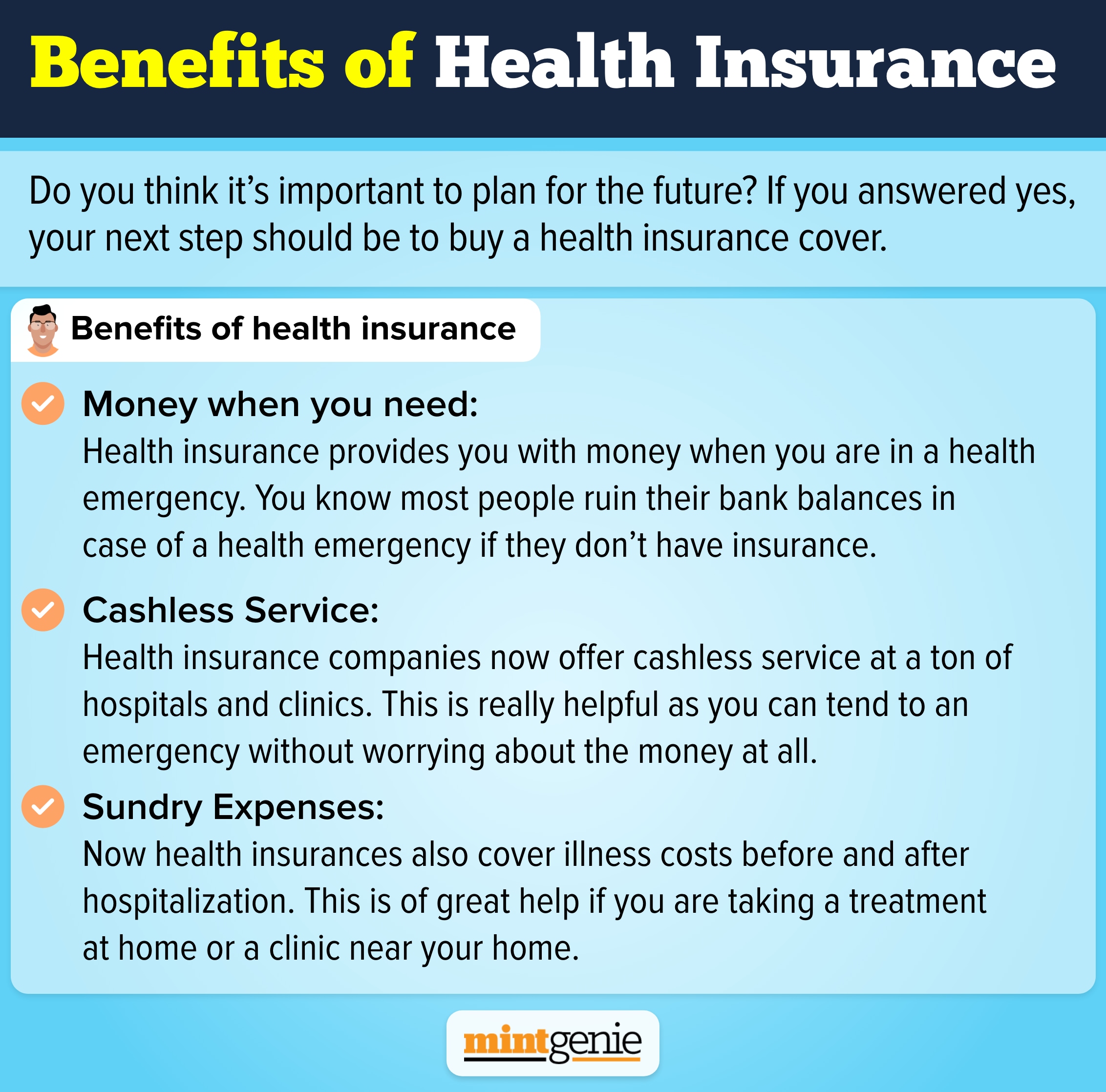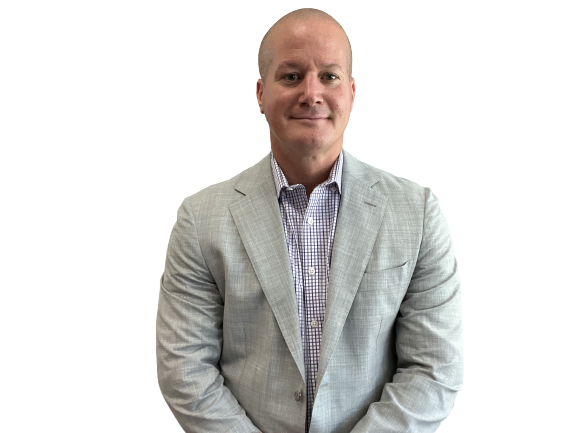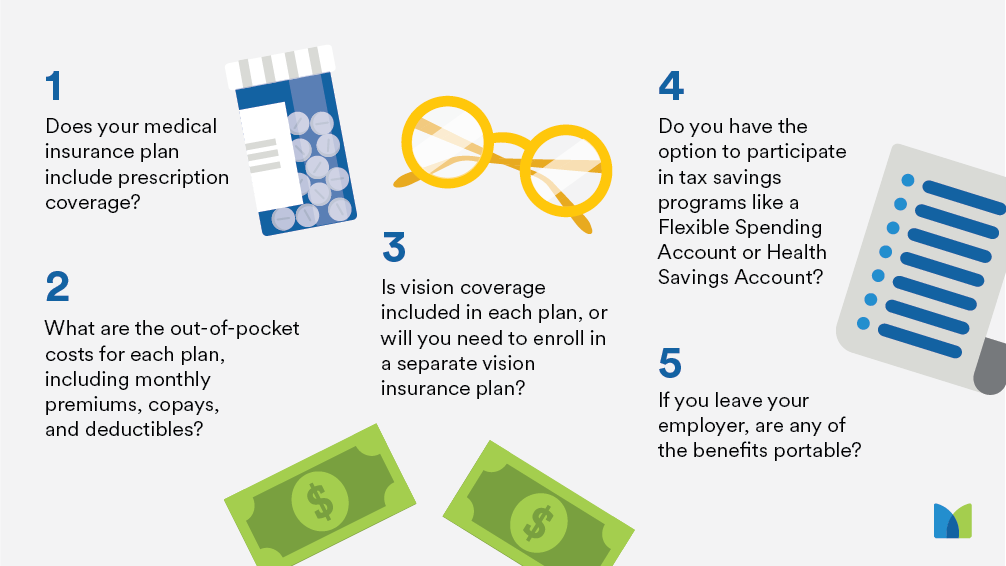10 Easy Facts About Medicare Advantage Agent Described
Table of ContentsThe 2-Minute Rule for Medicare Advantage AgentOur Medicare Advantage Agent StatementsMedicare Advantage Agent for Dummies


follows from complies with the puzzling young fairly profile of the uninsured with the better health, on average, of younger personsMore youthful For those without accessibility to office wellness insurance policy, inadequate wellness is a possible obstacle to acquiring nongroup protection since such protection may be highly valued, leave out preexisting conditions, or be simply unavailable. Unless or else kept in mind, nationwide quotes of people without health insurance and proportions of the populace with different kinds of coverage are based on the CPS, the most widely made use of resource of quotes of insurance protection and uninsurance prices.

A Biased View of Medicare Advantage Agent
Over a three-year duration beginning early in 1993, 72 million individuals, 29 percent of the U.S. populace, lacked protection for at the very least one month. Within a single year(1994), 53 million people experienced at the very least a month without coverage(Bennefield, 1998a). 6 out of every ten without insurance adults are themselves used. Working does enhance the likelihood that one and one's family participants will have insurance coverage, it is not a guarantee. Even participants of families with two permanent wage earners have nearly a one-in-ten opportunity of being uninsured (9.1 percent without insurance price)(Hoffman and Pohl, 2000 ). The relationship in between medical insurance and accessibility to care is well developed, as documented later in this phase. Although the partnership between medical insurance and health results is neither straight nor basic, an extensive scientific and wellness solutions research literature links medical insurance protection
to better accessibility to care, much better high quality, and boosted personal and population health standing. As an example, the 2nd record, on individual wellness outcomes for uninsured adults, is represented by the inner circle of the number, while the 3rd report, on family well-being, incorporates the topics of the second report yet stresses a various system of analysis, particularly, the household. The 6th report in the series will certainly present details regarding methods and efforts carried out in your area, statewide, or country wide to deal with the absence of insurance coverage and its unfavorable impacts. Degrees of evaluation for checking out the impacts of uninsurance. This conversation of medical insurance protection concentrates mostly on the U.S. populace under age 65 because basically all Americans 65 and older have Medicare or other public coverage.
It focuses particularly on those without any type of health and wellness insurance policy for any kind of size of time. The issues dealt with by the underinsured remain in some aspects similar to those dealt with by the uninsured, although they are typically less severe. Uninsurance and underinsurance, however, include clearly various plan concerns, and the methods for resolving them might vary. Throughout this research study and the five reports to follow, the major emphasis is on persons with no health insurance coverage and thus no assistance in paying for health treatment beyond what is available through charity and safety net institutions. Health insurance is an effective aspect impacting receipt of treatment since both people and doctors respond to the out-of-pocket rate of services. Health insurance coverage, nonetheless, is neither needed nor enough to get access to medical solutions. The independent and straight impact of health
insurance insurance policy protection access to health wellness solutions well established. Others will obtain the healthcare they require also without health and wellness insurance coverage, by spending for it out of pocket or seeking it from carriers who use treatment complimentary or at extremely subsidized rates. For still others, wellness insurance coverage alone does not make certain receipt of treatment as a result of other nonfinancial barriers, such as an absence of health treatment carriers in their area, limited accessibility to transportation, illiteracy, or etymological check out here and cultural distinctions. Formal study concerning uninsured populations in the USA dates to the late 1920s and early 1930s when the Board on the Price of Treatment produced a collection of records regarding funding physician workplace gos to and hospitalizations. This concern became salient as the varieties of clinically indigent climbed up during the Great Clinical depression. Empirical research studies regularly sustain the web link between accessibility to care and enhanced wellness results(Bindman et al., 1995; Starfield, 1995 ). Having a routine source of treatment can be considered a predictor of access, instead than a direct measure of it, when health results are themselves made use of as access signs. This expansion of the idea of gain access to dimension was made by the IOM Committee on Checking Gain Access To to Personal Health Treatment Solutions(Millman, 1993, p. Whether or not moms and dads are guaranteed appears to influence whether or not their youngsters receive care in addition to how much careeven if the youngsters themselves have protection(Hanson, 1998). The health and wellness of moms and dads can impact their ability to look after their kids and the level of family members anxiety. Worrying regarding their kids's accessibility to care is itself a resource of stress for parents. 3 chapters adhere to in this record. Chapter 2 provides a review of just how employment-based medical insurance, public programs and specific insurance coverage operate and engage to supply considerable yet incomplete protection of the united state population. This consists of an evaluation of historical patterns and public laws impacting both public and private insurance, a conversation of the communications amongst the various types of insurance coverage, and an assessment of why people relocate from one program to another or wind up
